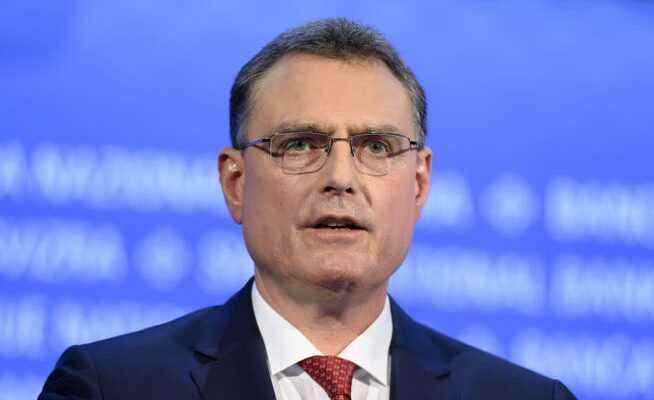Only a few hours after the American Fed raised the key interest rate, the quarterly assessment of the situation by the Swiss central bank is due. However, a rate hike during a regular meeting would come as a surprise.
SNB President Thomas Jordan.
Plus 75 basis points to 1.75 percent – that’s how much the American Federal Reserve increased the key interest rate on Wednesday evening. Due to persistent inflation rates, extremely low interest rates are on the rise in many places. The British central bank has gradually increased its key interest rate since the beginning of the year, and the ECB has announced a first increase for July.
And the Swiss National Bank? On Thursday morning, the local monetary watchdogs will hold their quarterly assessment of the situation. Economists expect no interest rate change from the meeting. Indeed, if the SNB were to change interest rates during a regular meeting, that would be a surprise. The rate hikes in 2011, 2014 and 2015 all came out of the blue. The interest rate is currently the lowest in the world at minus 0.75 percent and has not been increased since 2007.
The currency watchdogs are thus resisting the role of the franc as a “safe haven”. The Swiss currency has long been described as “highly valued” or sometimes even “overvalued” by the SNB. However, while inflation has climbed above its target value, the real exchange rate of the franc against the euro is currently even slightly below its long-term trend.
Inflation in Switzerland was 2.9 percent in May and was therefore above the SNB’s target, albeit not excessively. Nevertheless, this is 0.4 percentage points more than in April. Import prices increased by 11.3 percent in April. The energy prices, which have more than doubled within a year, make a significant contribution to this. But the prices for machines, metals, computers and food are also rising.
The prices of domestic goods in Switzerland have only risen by 1.5 percent over the past year. However, for more than a year now, the SNB has had to adjust the starting point of its inflation forecast upwards in every assessment of the situation.
The majority of market participants seem to be assuming that the SNB will wait until autumn before taking interest rates, when the ECB has acted and there is more clarity about the further course of inflation. Economists expect a first rate hike of 0.25 percentage points in September. The era of negative interest rates in Switzerland should end by March next year at the latest. Today’s meeting is nevertheless eagerly awaited. The question is to what extent central bankers intend to adjust their strategy to take account of the threat of inflation while the surrounding euro zone tightens interest rates.
With agency material.
